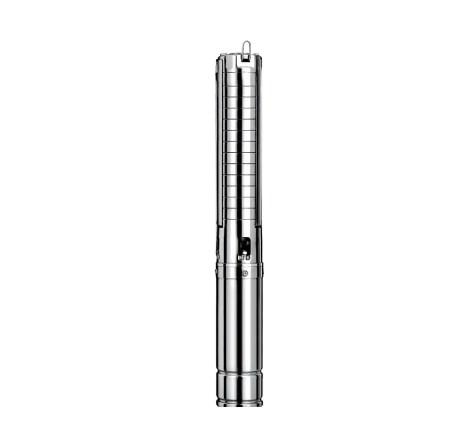Energy Efficiency with OEM Deep Well Pumps: An In-Depth Look

The efficiency of an OEM Deep Well Pump is a critical factor in determining its overall performance and value in various applications, particularly in the context of energy consumption. As the demand for sustainable and cost-effective solutions grows, the focus on the energy efficiency of these pumps has become more pronounced. This article delves into the various aspects that contribute to the energy efficiency of OEM Deep Well Pumps and how they can be optimized for better performance.
The energy efficiency of an OEM Deep Well Pump is primarily determined by its design, the materials used, and the technology incorporated. A well-designed pump will have a higher efficiency rating, which means it can move water from the well to the surface with less energy consumption. This is crucial for industries and applications where the pump operates continuously for extended periods, as it directly impacts the operational costs.
One of the key components that affect the energy efficiency of an OEM Deep Well Pump is its motor. A high-quality motor not only ensures a longer lifespan but also contributes to better energy efficiency. Modern pumps are equipped with energy-efficient motors that are designed to consume less power while maintaining optimal performance. These motors often come with variable frequency drives (VFDs), which allow the pump to operate at the most efficient speed, further reducing energy consumption.
Another aspect to consider is the pump's materials. Durable and corrosion-resistant materials can reduce the need for frequent maintenance and replacement, which in turn reduces the overall energy used in the manufacturing and maintenance processes. Additionally, the use of materials with high thermal conductivity can help in dissipating heat more effectively, which is essential for maintaining the pump's efficiency during operation.
The design of the impeller and the pump's casing also plays a significant role in the energy efficiency of an OEM Deep Well Pump. A well-designed impeller can ensure that water is moved with minimal energy loss, while a properly designed casing can reduce friction and turbulence, which are common sources of energy waste. Advanced computational fluid dynamics (CFD) can be used to optimize the design of these components, ensuring that the pump operates at peak efficiency.
The operating conditions of an OEM Deep Well Pump also impact its energy efficiency. Factors such as the depth of the well, the water level, and the specific gravity of the fluid being pumped can all influence the pump's performance. By carefully selecting the appropriate pump for the specific application and conditions, operators can ensure that the pump operates at its most efficient point, thereby reducing energy consumption.
Regular maintenance is another crucial factor in maintaining the energy efficiency of an OEM Deep Well Pump. A well-maintained pump will have fewer instances of wear and tear, which can lead to decreased efficiency over time. Regular checks and servicing can help identify and rectify any issues before they become significant problems, ensuring that the pump continues to operate at its most efficient.
In conclusion, the energy efficiency of an OEM Deep Well Pump is a multifaceted issue that involves the design, materials, technology, and maintenance of the pump. By focusing on these aspects, manufacturers and operators can ensure that their pumps are not only cost-effective but also environmentally friendly. As the world moves towards more sustainable practices, the importance of energy efficiency in OEM Deep Well Pumps will only continue to grow, making it a critical area for ongoing research and development.
- Art
- Causes
- Crafts
- Dance
- Drinks
- Film
- Fitness
- Food
- Juegos
- Gardening
- Health
- Home
- Literature
- Music
- Networking
- Other
- Party
- Religion
- Shopping
- Sports
- Theater
- Wellness


